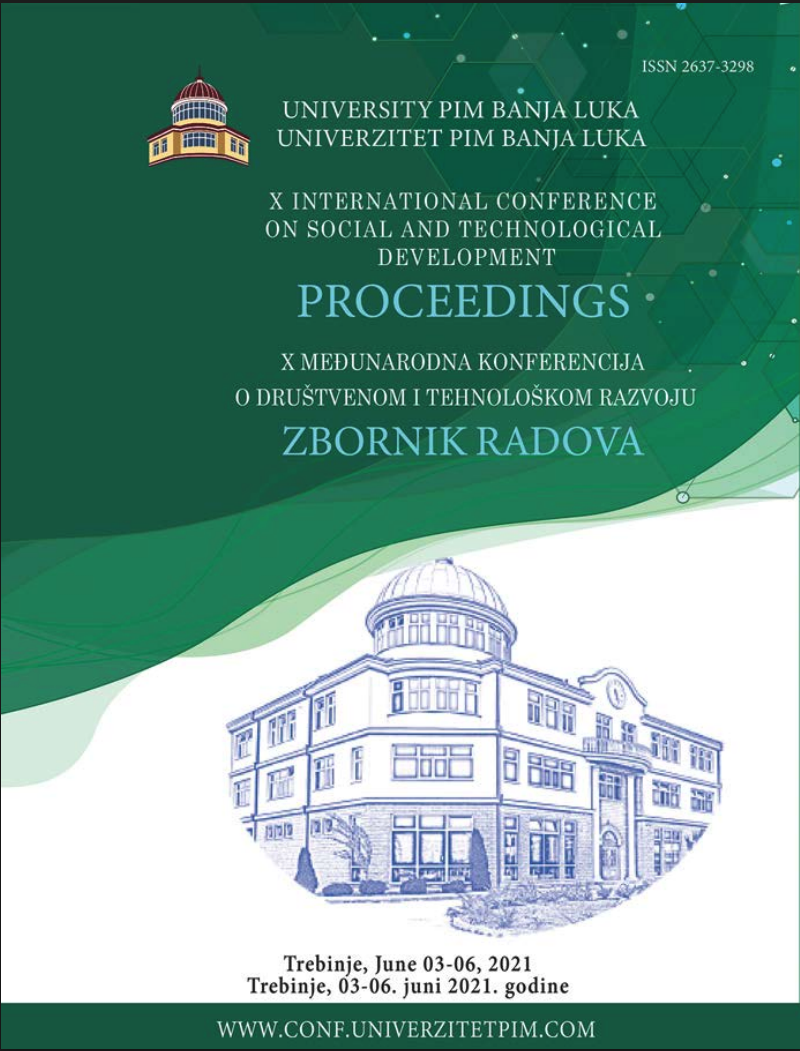
This is an open access article distributed under the Creative Commons Attribution License which permits unrestricted use, distribution, and reproduction in any medium, provided the original work is properly cited.
Faculty of Technical Sciences in Čačak, University of Kragujevac , Kragujevac , Serbia
Faculty of Technical Sciences in Čačak, University of Kragujevac , Kragujevac , Serbia
Faculty of Technical Sciences in Čačak, University of Kragujevac , Kragujevac , Serbia
Faculty of Technical Sciences in Čačak, University of Kragujevac , Kragujevac , Serbia
The paper presents an example of the application of artificial neural networks for predicting the type of traffic accidents. Data for the period January-December 2019 in Čačak were analyzed. Data was collected from the open data portal https://data.gov.rs. Microsoft Visual Studio and Microsoft SQL Server Management Studio were used as tools. The model consists of an input layer (with parameters date, time and type), a hidden layer and an output layer with one neuron for predicting the type of accident. In order to evaluate the obtained model, 10-fold cross validation was used. Web-based application was created to display the results. The advantage is reflected in the Web-based application that allows users to use an artificial neural network while the limitations of the study require a larger number of measurements for more accurate results.
The statements, opinions and data contained in the journal are solely those of the individual authors and contributors and not of the publisher and the editor(s). We stay neutral with regard to jurisdictional claims in published maps and institutional affiliations.